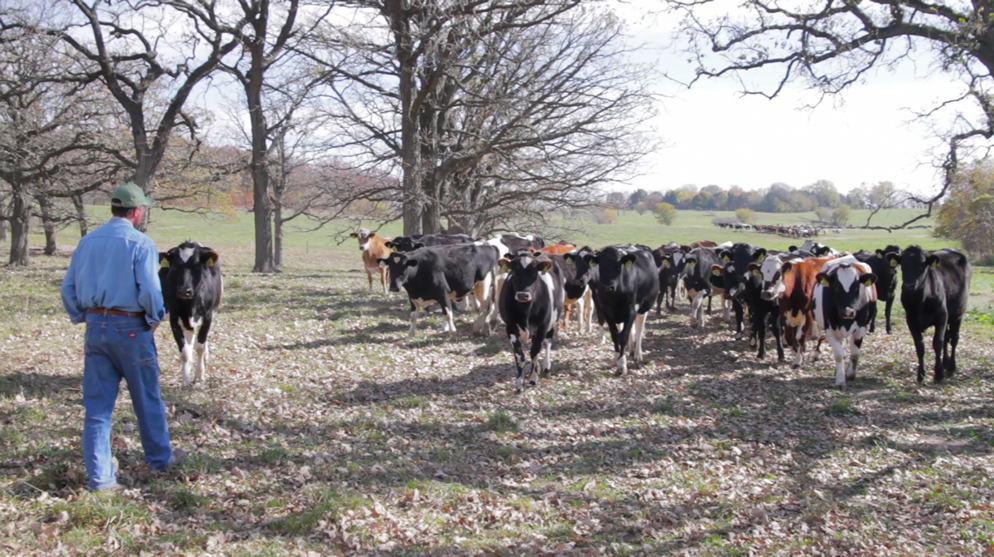We created this handy “dictionary” to be sure you understand all the terms we use on this website.
 Certified Organic
Certified Organic
According to the USDA rules passed on October 22, 2002, certified organic beef must come from a fully verifiable production system that collects information on the history of every animal in the program, including its breed history, veterinary care, and feed. Further, to be certified as organic, all cattle should meet the following criteria:
- Born and raised on certified organic pasture
- Never receive antibiotics
- Never receive growth-promoting hormones
- Are fed only certified organic grains (corn is a grain) and grasses
- Must have unrestricted outdoor access
Biodynamics
Biodynamics looks at the farm as an organism with the goal to develop a self-sustaining farm “individuality”. No synthetic fertilizers, farm chemicals or genetically modified organisms (GMO’s) are used on the land. No antibiotics or hormones are used on the animals.
From Wiki:
Biodynamics has much in common with other organic approaches – it emphasizes the use of manures and composts and excludes the use of artificial chemicals on soil and plants. Methods unique to the biodynamic approach include its treatment of animals, crops, and soil as a single system; an emphasis from its beginnings on local production and distribution systems; its use of traditional and development of new local breeds and varieties; and the use of an astrological sowing and planting calendar.
Managed Grazing
Managed Grazing is an economically and environmentally sound method of livestock agriculture. For over twenty years, managed grazing has been a foundation of the sustainable agriculture movement in the upper Midwest and we are proud of the role that GrassWorks has played in its development. We provide leadership, education and resources for grass-based farmers and regional organizations that support graziers.
~ from GrassWorks.org